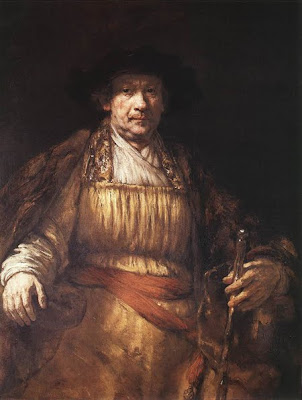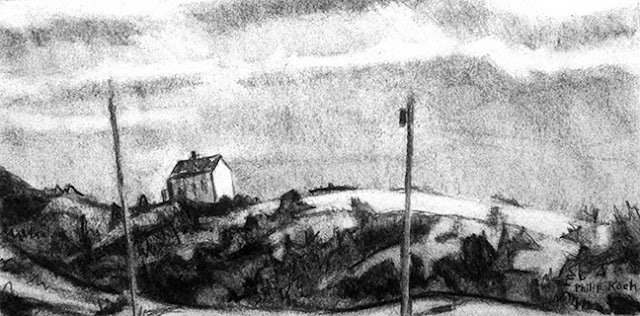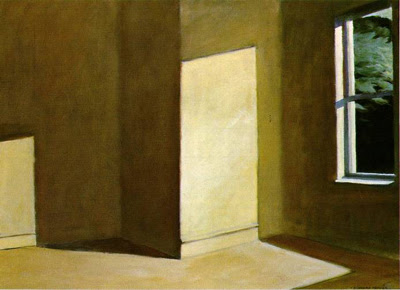Going Wading

Here are two of my favorite Rembrandt's (both images courtesy of Art Renewal Center).
The above self portrait is in the Frick Museum in New York City. I used to go visit it a lot when I was a student at the Art Students League. The painting is of course an old fashioned notion of what a figure should look like, painted as it is in a full-blown northern baroque style. At the time I was in a figure painting class and none of my work looked anything like this in style (or of course in quality either, and then some).
But I could see in the Rembrandt a wonderous fusing of the forms with the emotion that quietly flows out from the painting. You get the sense you're seeing a moment of stillness from a man who has moved both his hands and his mind a great deal. There is a beautiful compositional device Rembrandt employs of running a red sash diagonally across his waist at exactly the same angle as his right upper arm, tying the movements together.
And above here is Hendrickje Bathing in a River, a piece of exceptional mood. Hendrickje seems lost in her own thoughts as she wades out into deeper water. This oil makes prodigious use of tonal changes. Rembrandt reserves brightest white for her robe, and lets the human forms gradually slide towards the enveloping darkness. As in the first Rembrandt, notice the way the left forearm runs exactly parallel with the part of Hendrickje's neckline that the artist reinforced with a black line. It was in looking at paintings like these that I began to see the artifice in painting. Cezanne said it well when he explained that art isn't nature but that it travels on a track that runs parallel to nature. (Probably his analogy made sense to me because I loved playing with my toy trains as a boy).
Below is a painting of mine from last year, and it couldn't be more different stylistically from the Rembrandts. Yet the way the tones are grouped together owes much to my studying the way Rembrandt used his darks and lights. Many of the detail in the painting owes much to the original pond where I painted the study in the Berkshire Mountains, the final arranging had to come back in the studio. There's an orange tree that seems to be emerging from the wall of dark green forest at the right side's middleground. In the back of my mind while I painted this was Hendrickje wading out from the dark shoreline into her river.


Philip Koch, Inland, oil on canvas, 45 x 60", 2008
The other key feature of my oil are the white tree trunks dancing in the foreground. They pose leaning sometimes together and sometimes in opposition to each other. The movements of the forms are the core of the painter's choreography. One learns it by practice of course, but also by watching it done by the masterful artists who have gone down the road before us. I had the good fortune to bump into this Rembrandt fellow. I think you'd like him.



